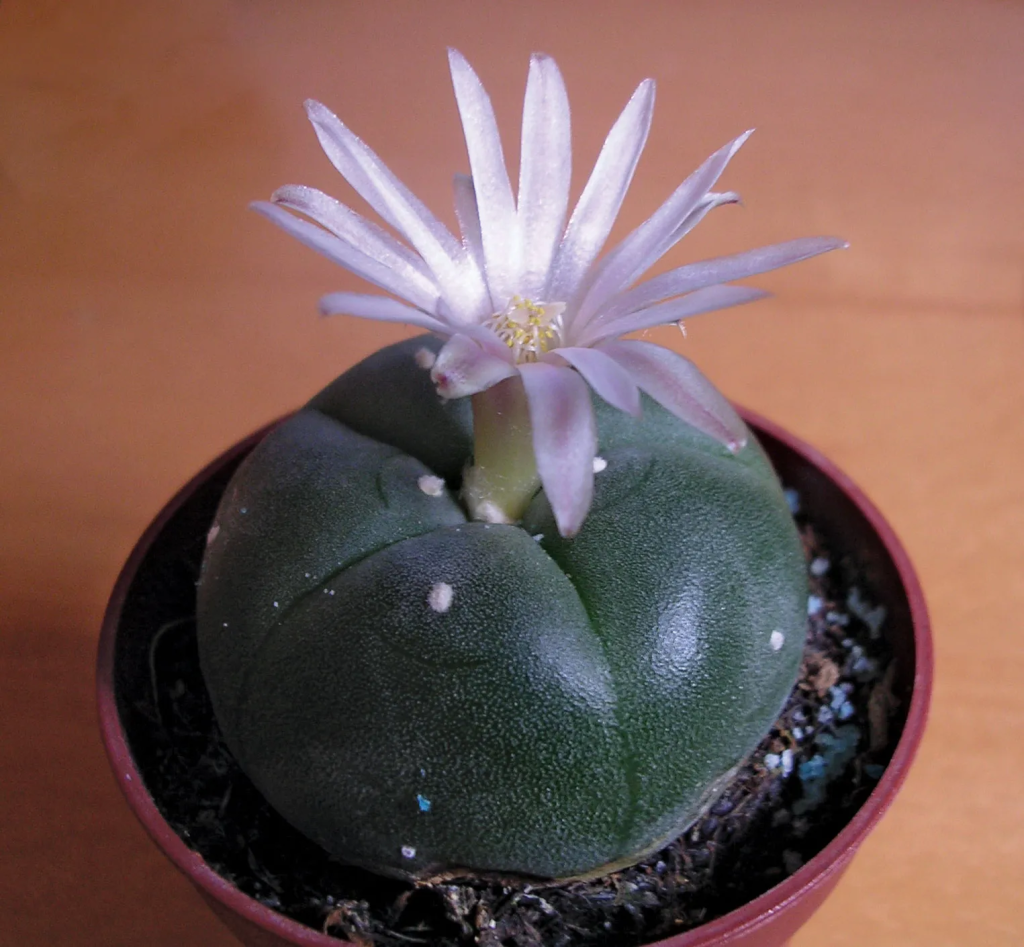Peyote, scientifically called Lophophora williamsii, is a small, spineless cactus that grows in the deserts of southwestern United States and Mexico. For generations, this amazing seed has presented heavy spiritual and social significance among indigenous neighborhoods, especially in Indigenous National traditions. In this short article, we will search in to the history, cultural importance, and potential healing great things about peyote.
A Rich History and National Significance
Peyote includes a extended history useful among indigenous lenders, with archaeological evidence indicating their use relationship right back tens and thousands of years. It’s especially connected with Native American tribes, such as the Huichol, Navajo, and Comanche, who contemplate peyote a sacred and transformative plant. Peyote is usually used in religious ceremonies and rituals to aid religious experiences, connection with the divine, and particular introspection.
The Peyote Knowledge and Habit Use
Consuming peyote can produce profound alterations in understanding, leading to an enhanced state of consciousness. That knowledge is indicated by vivid thoughts, improved physical notion, and an expression of unity with the surrounding environment. In the situation of spiritual ceremonies, peyote is usually eaten in carefully organized rituals led by skilled spiritual leaders, who information individuals through the journey and help them navigate the spiritual realms.
Therapeutic Possible and Modern Study
Aside from their ethnic and spiritual significance, peyote has attracted interest for its possible therapeutic properties. Conventional healers have long used peyote for the proposed therapeutic advantages, including pain relief, fever decrease, and treatment of varied ailments. In buy peyote years, there has been rising curiosity about researching the therapeutic potential of peyote and their effective ingredient, mescaline, for psychological wellness problems such as for instance despair, panic, and addiction. However, further scientific study is required to validate these statements and establish secure and effective beneficial applications.

Conservation and Sustainability
Peyote people substantial conservation problems because of habitat loss, overharvesting, and illicit trade. As a slow-growing cactus that requires a long period to adult, unsustainable harvesting methods can seriously impact its population. Attempts are underway to guard and sustainably manage peyote populations, involving partnerships between indigenous neighborhoods, conservation organizations, and government agencies. These initiatives aim to guarantee the storage with this culturally and ecologically important place for future generations.
Appropriate and Honest Criteria
The legal status of peyote differs across countries and regions. In the United Claims, like, peyote is officially secured for spiritual use by Native National tribes under the National Indian Religious Flexibility Act. But, non-indigenous usage of peyote is generally prohibited. It is important to respect and adhere to the national and appropriate frameworks encompassing peyote to make certain responsible and honest engagement.
Conclusion
Peyote stands as a mark of religious connection, national heritage, and conventional wisdom. Their used in religious ceremonies has played a crucial position in the religious lives of indigenous communities. Whilst the potential healing benefits of peyote are increasingly being explored, it is imperative to strategy this place with regard, social tenderness, and environmental consciousness. By understanding and appreciating the significance of peyote, we can foster a better appreciation for the ethnic history and contribute to its sustainable conservation.
